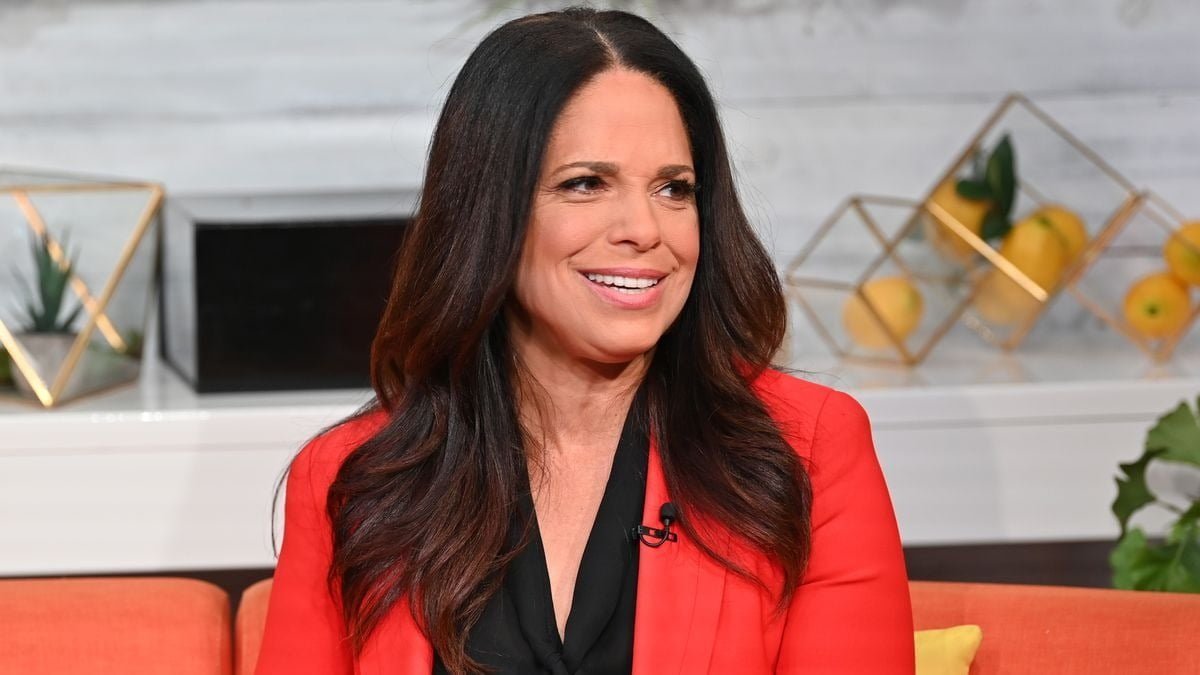There had to be a way to get the Kardashians into a Nielsen research column and it finally happened! If nothing else, this week’s column may garner a few extra clicks, but there is a reason behind the headline.
Last week, Mike McVay, one of the most decent human beings out there, sent me an email with an announcement from Rich Tunkel at Nielsen referring to an “Audio Diary Service Enhancement”.
When I started at Arbitron in 1999, we learned that just about any change in methodology should be referred to as an “enhancement”. In this case, the “enhancement” is that Nielsen will start reusing diary households that include 18-34-year-olds and showed “good compliance” which I assume means Nielsen received a usable diary from someone in that demo from that household and preferably, more than one.
I don’t know about you, but when I hear the word “enhancement”, I’m more likely to think of a Kardashian than Nielsen. Kardashians and other celebrities get enhanced while Nielsen Audio, well, maybe we can call it a “change”.
As someone who has been around the diary service as a client, a provider, and even a competitor, I know something about how it works and how to improve the system (not “enhance” it).
I’ve not read the research behind this change and as we all know, the devil is in the details. Nielsen Audio is caught in a vice. Clients want better proportionality and likely don’t care very much about response rates. Meanwhile, the Media Rating Council, which audits and accredits the service, has traditionally cared more about response rates while still bringing up questions of proportionality. Other than throwing ridiculous amounts of money at the problem, there is no easy way to satisfy both goals.
If you push for higher response rates, people in my demo, also known as “old and not in any demo you give a damn about” are more likely to respond. That hurts proportionality as Nielsen already offers higher premiums to households that contain “hard to reach” demos, for example, 18-34, especially minorities. The radio industry won’t pay more for the service than it does today and Nielsen certainly won’t get it from agencies and advertisers.
This re-use of selected diary households can work and be defended as well. If I were having a discussion with the Nielsen Audio methodology side, here are some questions that would come to mind:
- What is the process for selecting households?
- What are the specific criteria for being selected? Is there a hierarchy, for example, number of 18-34s in the household, race/ethnic, etc.?
- Assuming this was tested offline, which types of households were more likely to respond? Less likely? What was the “second time around” response rate?
- What were the listening levels of the resampled persons versus a first time group? My guess is they are likely to spend more time with radio, based on a radio diary being more germane to someone who spends more time with radio. This may actually be a good thing for the industry.
- What other alternatives were considered? For example, the population estimates include group housing, such as university dormitories, military bases, and prisons. What if Nielsen simply dropped those as they typically cannot sample these people and that hurts proportionality (for example, a chunk of 18-24s in Bowling Green live in dorms at Western Kentucky University). Eliminating group housing populations and proportionality, especially for 18-24, will improve markedly in some diary markets.
- Will Nielsen do a “pass” on the initial sample to eliminate households that are chosen for “reselection”? If not, will these households have a “pre-weight” because they have an extra chance to be in the sample?
Now that Nielsen is owned by private equity, we must wonder how much of this is an “enhancement” to the diary methodology and how much is an “enhancement” to the bottom line. Nielsen Audio is also cutting the follow up incentive in diary markets. Further, more of the work is being off-shored per some entries in a Facebook group. If you thought Nielsen Audio couldn’t cut any more, I have a bridge you may be interested in purchasing.
Rich’s note (I’ve known Rich a long time and he’s another one of the good people out there) states that Nielsen plans to reach 10-15% sample reuse. Is that 10-15% of the 18-34 demo, which comprises about 26% of the total US 12+ population or is it 10-15% of the P12+? Also, will subscribers be able to split out the “reused” sample and compare it to the fresh sample in Tapscan or PD Advantage?
Lots of questions and if you’re a diary subscriber, you should be asking some of these questions to your Nielsen rep, who will likely not know the answers because that person is not a methodologist, and they probably haven’t been that well-informed about the change.
While it won’t get the interest of the Kardashians, it’s often more important for you to find out what’s happening on “Keeping Up With the Nielsens”.
Let’s meet again next week.








